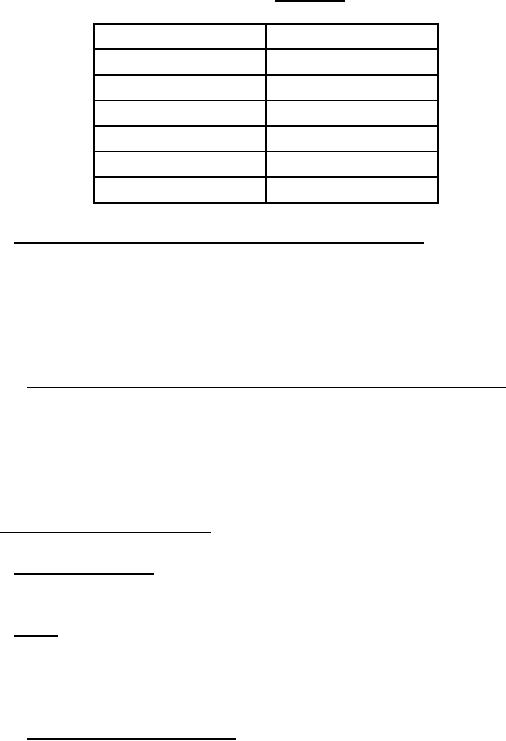
MIL-DTL-14067C
TABLE VI. Sampling.
Containers in a Lot
Number of Samples
3 to 150
3
151 to 1,200
5
1,201 to 7,000
8
7,001 to 20,000
10
20,001 to 35,000
15
over 35,000
20
4.4.2 Sampling for granulation, particle size and workmanship. Each container shall be
rolled and tumbled for ten minutes or until the metal powder is completely mixed in the
container. Then a sample of minimum 225 grams shall be removed from the sample with a
sampling thief. The granulation and particle size shall be determined on the sample thus
obtained. Each container shall be individually tested. If any sample fails to comply with the
requirements of Table II and Table III the container shall be rejected.
4.4.2.1 Alternate sampling for granulation, particle size and workmanship. The
composite sample prepared in accordance with 4.4.1 may be used in lieu of the samples required
in 4.4.2. If the composite sample fails to comply with the requirements of Table II and Table III
the lot shall be rejected, or each container may be sampled in accordance with 4.4.2 for
acceptance determination and if any container fails to comply with the requirements of Table II
and Table III the container shall be rejected.
4.5 Test methods and procedures.
4.5.1 Material inspection. Material shall be inspected in accordance with the "Methods
of Analysis" section of ASTM B92M.
4.5.2 Shape. Remove approximately a 10 grams sample from the top, middle and bottom
strata of the quart jar, and then place the sample into a container, cover, and tumble the container
for five minutes. With a scoop, remove a ¼ gram sample from the container and sprinkle the
sample on a microscopic slide and examine under a 20 to 100 power microscope.
4.5.2.1 Shape for ellipsoidal type IV. Remove approximately a 10 grams sample from
the top, middle and bottom strata of the quart jar, and then place the sample into a container,
cover, and tumble the container for five minutes. With a scoop, remove a ¼ gram sample from
the container and sprinkle the sample on a microscopic slide. The slide shall be placed on a
stereo microscope (magnification may be 16 x to 24 x range) equipped with an eyepiece
micrometer (photographic). Light shall be transmitted through the top and bottom of the sample.
The length and width of 100 particles shall be measured. For each particle, the length shall be
divided by the width to obtain the L/W oblong shape ration. The percentage of ratio above 1.5 %
shall be determined.
12
For Parts Inquires submit RFQ to Parts Hangar, Inc.
© Copyright 2015 Integrated Publishing, Inc.
A Service Disabled Veteran Owned Small Business